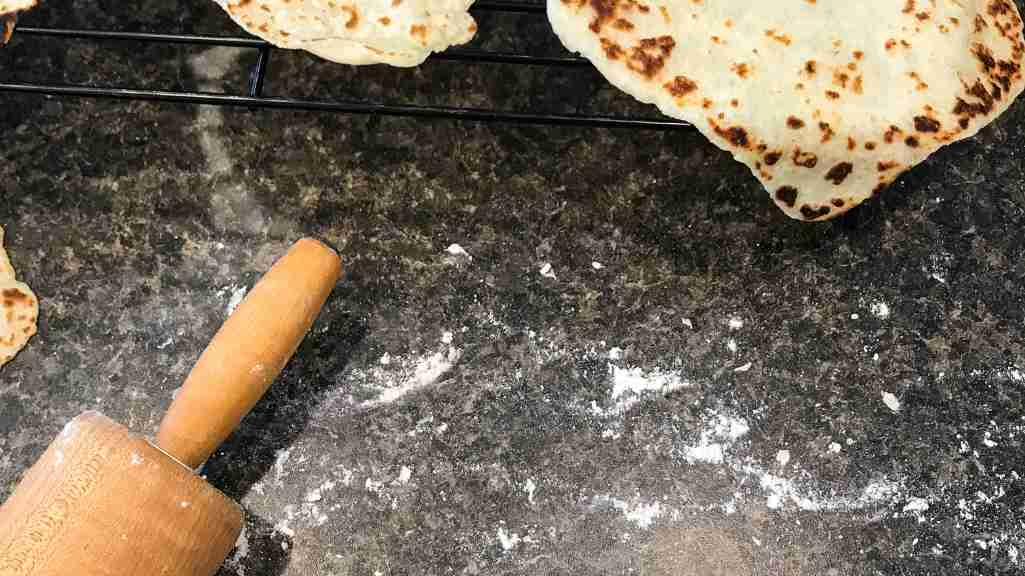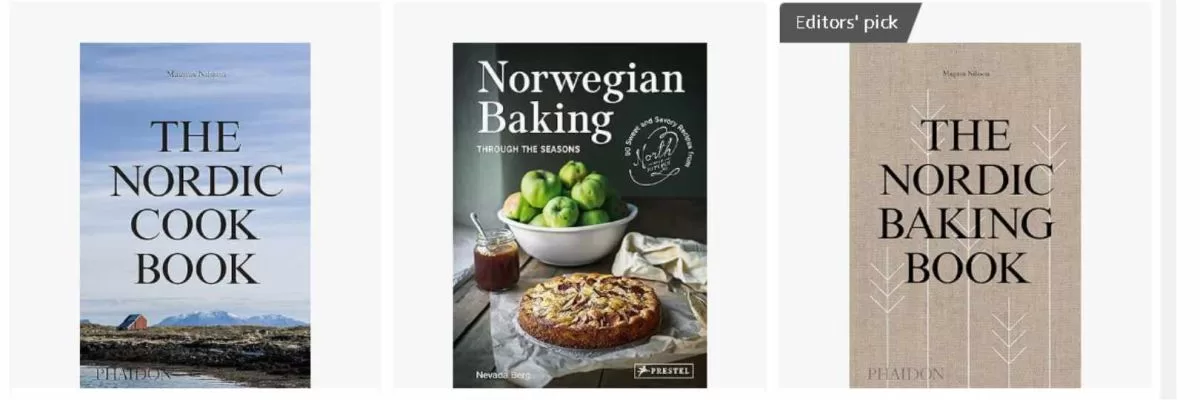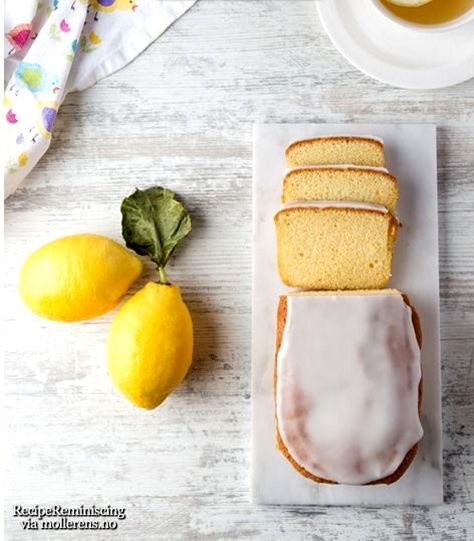Lefse holds a special place in Norwegian culinary heritage, representing a beloved traditional flatbread that has been enjoyed for generations. This versatile delicacy is a staple at festive occasions, family gatherings, and everyday meals across Norway. In this article, we delve into the rich history and mouthwatering flavors of lefse, uncovering its significance in Norwegian culture and providing insights into this delightful culinary treasure.
- A Culinary Tradition: Lefse is a cherished Norwegian culinary tradition, with roots dating back centuries. This thin, soft flatbread is made primarily from potatoes, flour, butter, and cream. Passed down through generations, lefse-making is often a treasured family activity, bringing loved ones together.
- Festive Occasions: Lefse plays a central role in Norwegian celebrations, particularly during Christmas and other holidays. Families gather to roll out the dough, cook it on a griddle, and create an assortment of mouthwatering fillings and toppings. The aroma of lefse wafting through the house creates a sense of warmth and joy during these festive times.
- Lefse Variations: While the classic lefse recipe remains consistent across the country, regional variations add unique flavors and textures. Some areas add a touch of sugar or spice to the dough, while others incorporate different grains or seasonings, resulting in a diverse range of lefse experiences to savor.
- Sweet and Savory Fillings: Lefse is a canvas for a multitude of delicious fillings. For a sweet treat, spread it with butter, sprinkle sugar and cinnamon, or slather it with homemade jam. On the savory side, fill lefse with cured meats, smoked salmon, pickled herring, or a variety of Norwegian cheeses, creating a delectable and satisfying meal.
- Lefse and Norwegian Holidays: Lefse holds a special place during holidays such as Christmas and May 17th, Norway’s Constitution Day. It is often enjoyed alongside traditional dishes like lutefisk, rakfisk, or pinnekjøtt, creating a festive feast that showcases the best of Norwegian cuisine.
- Lefse Making: Lefse-making is an art form that requires patience and skill. It involves rolling out the dough thinly, transferring it onto a griddle, and cooking it until golden brown. This process demands a delicate touch and an understanding of the right temperature and timing, ensuring the perfect texture and flavor.
- Cultural Significance: Lefse is not just a culinary delight; it holds deep cultural significance in Norway. It represents heritage, family traditions, and the strong bond between generations. Enjoying lefse is a way to connect with Norwegian culture and embrace the country’s culinary legacy.
- Lefse Beyond Norway: While lefse has its roots in Norway, it has gained popularity beyond its borders. Norwegian communities around the world celebrate their heritage by making and sharing lefse, keeping the traditions alive and introducing others to this delightful treat.
- Lefse Festivals and Markets: Lefse enthusiasts can experience the joy of this beloved flatbread at various festivals and markets throughout Norway. These events offer opportunities to taste different lefse varieties, witness the art of lefse-making, and immerse oneself in the festive atmosphere that surrounds this culinary tradition.
- Lefse: A Taste of Norway: Sampling lefse is not just a culinary experience; it is a sensory journey into the heart of Norwegian cuisine. The soft texture, buttery aroma, and flavors that vary from sweet to savory make lefse a delicious symbol of Norway’s rich food culture.
Conclusion:
Lefse embodies the essence of Norwegian culinary traditions, serving as a versatile and beloved flatbread enjoyed on festive occasions and everyday meals alike. Its delicate texture, mouthwatering fillings, and cultural significance make lefse a culinary treasure that has captured the hearts and taste buds of Norwegians for generations. Indulge in the joy of lefse, connect with Norwegian culture, and savor the flavors of this delightful traditional flatbread that continues to bring families together and evoke the true essence of Norway’s culinary heritage.





















